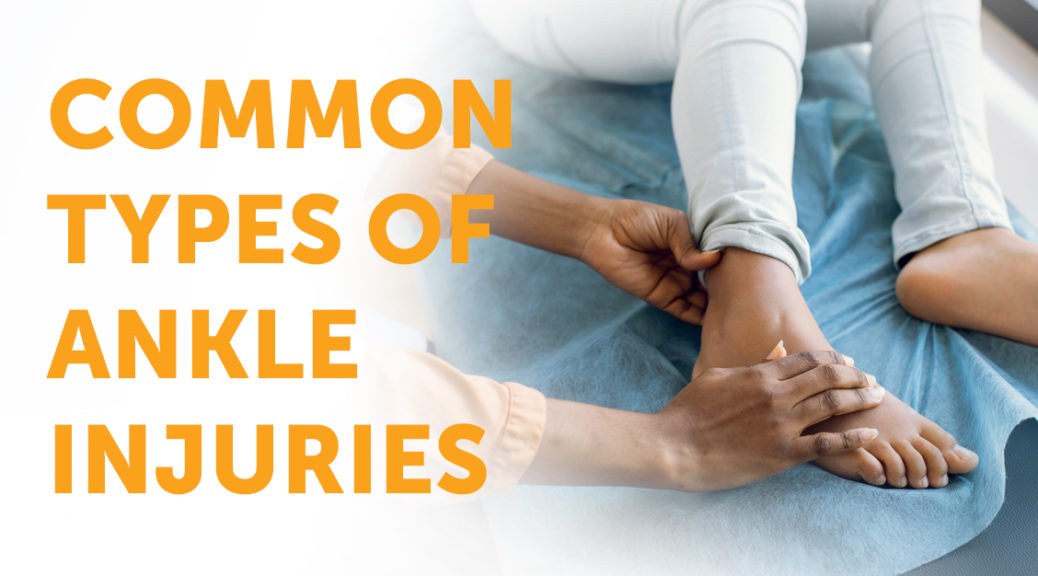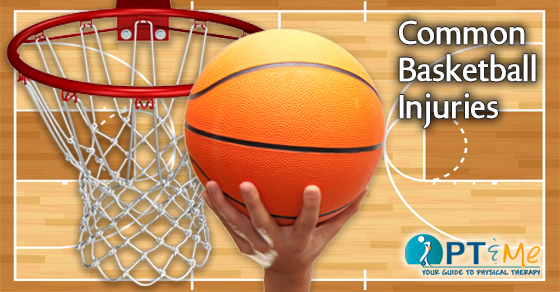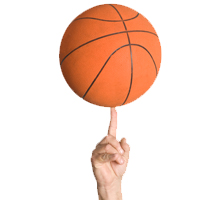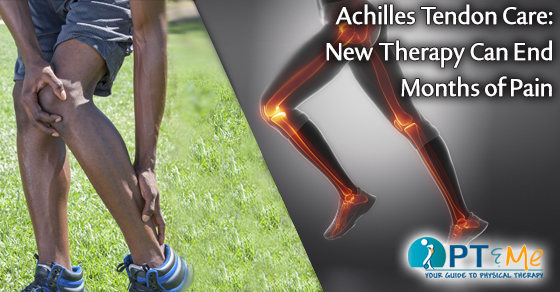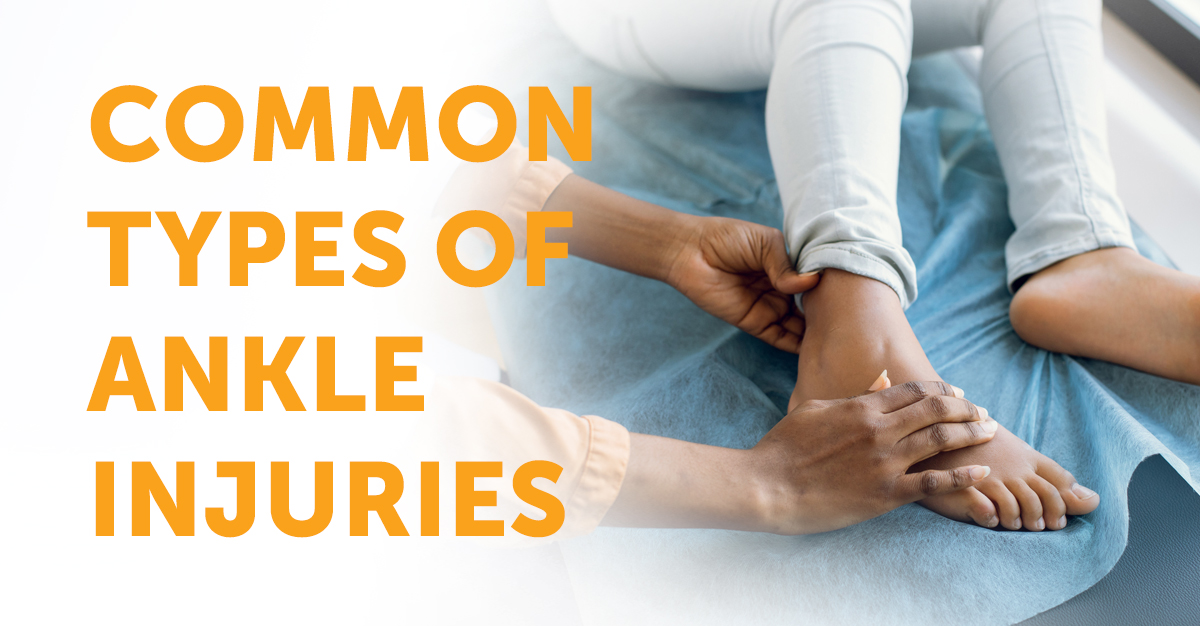
Ankle, such a funny-sounding word, but what exactly is it? A common misconception is that the ankle is the bony, ball-like structure that sticks out on the side of your foot— but that is only a part of your ankle. The ankle is where three of your bones meet: where the tibia & fibula of your lower leg meet with the talus (located at the top of the foot, aka. “ankle bone”). These bones are held together at the ankle joint by ligaments, which are strong elastic bands of connective tissue that keep the bones in place while allowing normal ankle motion. Tendons attach muscles to the bones to allow movement in the ankle and foot, keeping the joints stable.
Ankle injuries happen to be one of the most common reasons why you could end up in the emergency room, although they can be treated with physical therapy depending on the severity of the injury. These common types of ankle injuries can happen to anyone, at any age, for a number of reasons.
Certain situations make you more likely to injure your ankle. These include:
- Accidents, such as tripping or falling
- Walking or running on uneven surfaces
- Landing awkwardly after a jump
- Wearing shoes that do not provide any ankle support
- Sudden impacts such as an automobile accident
- Practicing sports that involve rolling or twisting your foot (basketball, football, soccer, tennis)
Not all ankle injuries require a trip to the emergency room, your body may have suffered a less severe injury such as an ankle strain. There are different kinds of ankle injuries, and here is a breakdown of them:
Ankle Strain
An ankle strain happens when the muscles or tendons around the ankle have been pulled or stretched too far. In the ankle, there are two tendons that stabilize and protect the ankle, called the peroneal tendons, which are often strained. They can become inflamed from overuse or trauma which can lead to inflammation of one or both tendons called tendinitis.
Ankle Sprain
A sprained ankle is a common injury that occurs when the ankle ligaments are stretched too far, resulting in small tears, often after a fall or if you roll or twist your ankle. Sprains are most common in athletes during sporting events but can happen during everyday activities.
There are three types of ankle sprains based on how much ligament damage occurred:
- Grade 1 (Mild): The ligament fibers stretched slightly, or there is a very small tear, resulting in minor swelling and tenderness to the touch.
- Grade 2 (Moderate): The ligament is torn, but it isn’t a complete tear, resulting in swelling over the injury, and it hurts to move.
- Grade 3 (Severe): The ligament is torn completely. Your ankle has significant swelling, painful injury, and difficulty walking.
If you know you have suffered an injury to your ankle
and are experiencing symptoms but are not quite sure whether you have strained or sprained your ankle. Here are the common symptoms when experiencing each type of injury:
Common symptoms of Ankle Sprains
- Bruising
- Pain around the affected joint
- Swelling
- Limited flexibility
- Difficulty using the joint’s full range of motion
Common symptoms of Ankle Strains
- Muscle spasm
- Pain around the affected joint
- Swelling
- Limited flexibility
- Difficulty using the joint’s full range of motion
Most strains and sprains heal independently, but using physical therapy to strengthen the injured muscles can prevent future sprains. Although self-care measures and over-the-counter pain medications may be all you need, a medical evaluation may be necessary to reveal how badly you’ve damaged your ankle and to determine the appropriate treatment.
Ankle Fracture/Broken Ankle
A broken ankle is the most severe type of ankle injury and will need to be confirmed by your doctor using an x-ray. The telltale signs of a broken ankle are all the symptoms of a sprain, with the addition of:
- Pale skin
- Deformity (out of place)
- Inability to move the toes or foot
- Numbness.
If the bone is intact and stable, it needs to be immobilized with a cast or a boot to ensure proper healing and protection from bumping into anything. Surgery may be necessary to realign the bone if the pieces have shifted out of place and the ankle is unstable.
What do I do after an ankle injury?
The best way to treat your injury is to seek care as soon as possible. Remember, the first 48 hours are the most important when injuring your ankle. Whether you have a strain, or sprain, or think you have broken your ankle, follow these simple steps to help alleviate pain or prevent more damage before seeing your doctor.
- Protection: Use crutches or a splint or brace to limit the use of your injured ankle.
- Rest: Limit physical activities that may cause stress to the sprain (no running, jumping, exercising).
- Ice: Apply ice or a cold pack in a towel to your ankle in 20-minute increments to reduce swelling.
- Compression: Gently wrap your ankle in an elastic bandage to help decrease swelling.
- Elevation: Raise your ankle on pillows while sitting or lying down so that it is higher than your heart.
You should visit your doctor if you can’t walk after an injury, or if your pain & swelling hasn’t improved or has worsened 24-48 hours after the injury occurred. Your healthcare provider will diagnose your ankle with a physical examination and an x-ray of your foot and ankle to identify your range of motion and determine which parts of your ankle are affected and in most cases, will recommend physical therapy. You may begin physical therapy after swelling has subsided, and you can walk without significant pain, typically two to three weeks after the injury. Physical therapy may include mobilizing the ankle joint and stretching the foot to improve the range of motion. If you’re looking for help recovering from these common types of ankle injuries we can help!

Sources:
https://www.healthline.com/health/sprain-vs-strain#symptoms
https://my.clevelandclinic.org/health/diseases/22048-sprained-ankle
https://www.campbellclinic.com/how-to-tell-if-you-have-a-strained-sprained-or-broken-ankle/
https://nyulangone.org/conditions/foot-ankle-sprains/treatments/physical-therapy-for-foot-ankle-sprains




